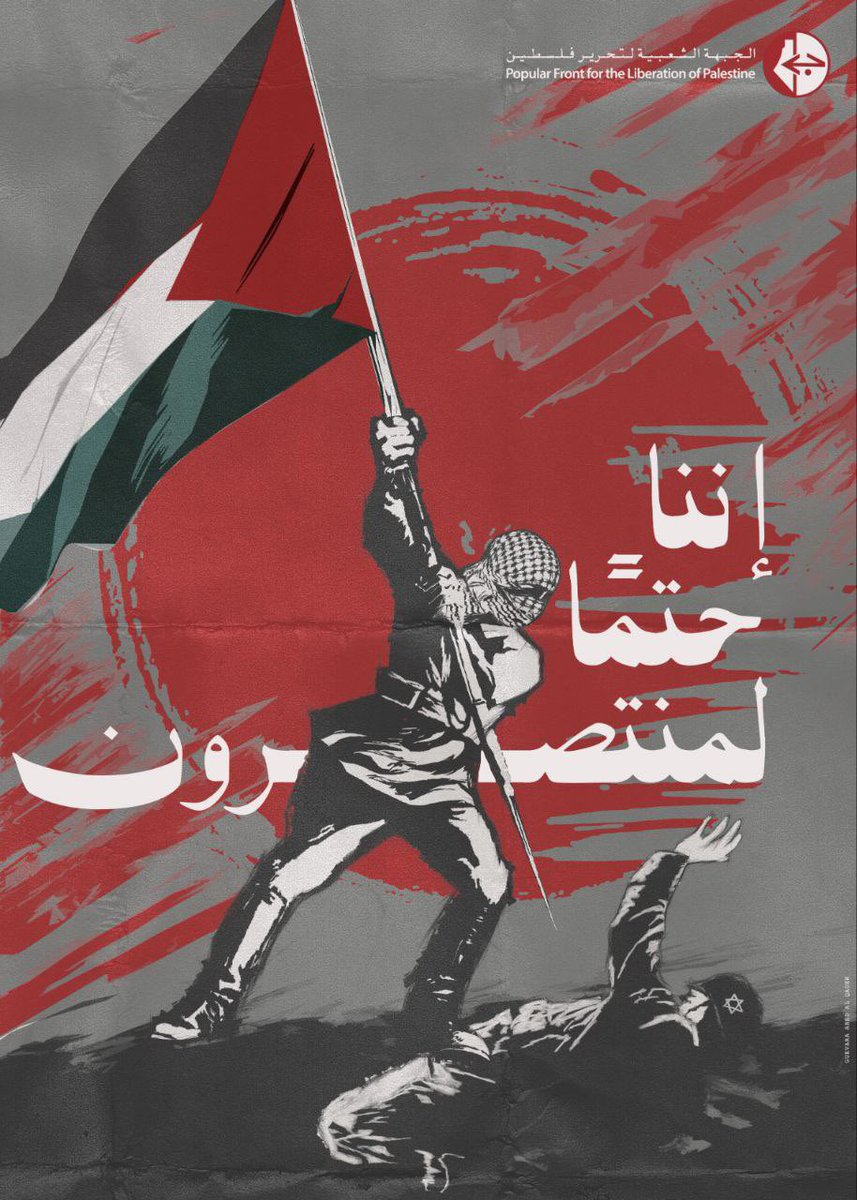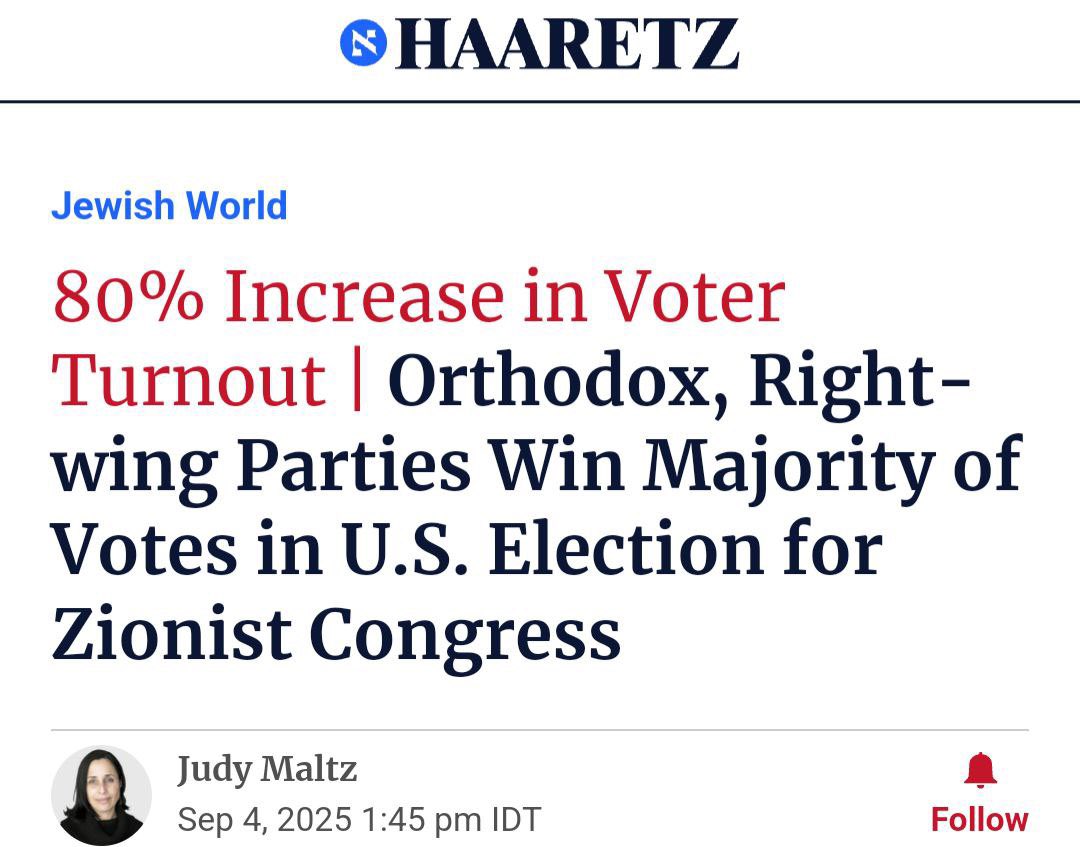Army Radio reports the occupation military has finally admitted what Gaza’s Resistance has made clear for nearly two years, its war machine is burning out. Manpower is exhausted, engineering capacity is at 60–70%, and much of its armored backbone has been shredded by anti-tank fire and explosives.
But the deeper humiliation is how openly the army’s operational lifeline runs through foreign capitals. Bulldozer replacements were stalled for months under Biden’s restrictions, and even the units freed under Trump’s return to office are useless until American-approved armor kits arrive, retrofits that won’t even start until late next month. German export bans are now choking spare parts for tanks, leaving gaps that can’t be filled without Berlin’s blessing.
Every major engineering or armored push in Gaza City is now calibrated not by Tel Aviv’s will, but by the delivery schedules and political calculations of Washington and Berlin. It’s not just dependency, it’s subordination, with the occupier’s capacity to invade dictated by the very Western sponsors who underwrite, arm, and shield its genocidal war.
• • •
Missing some Tweet in this thread? You can try to
force a refresh







